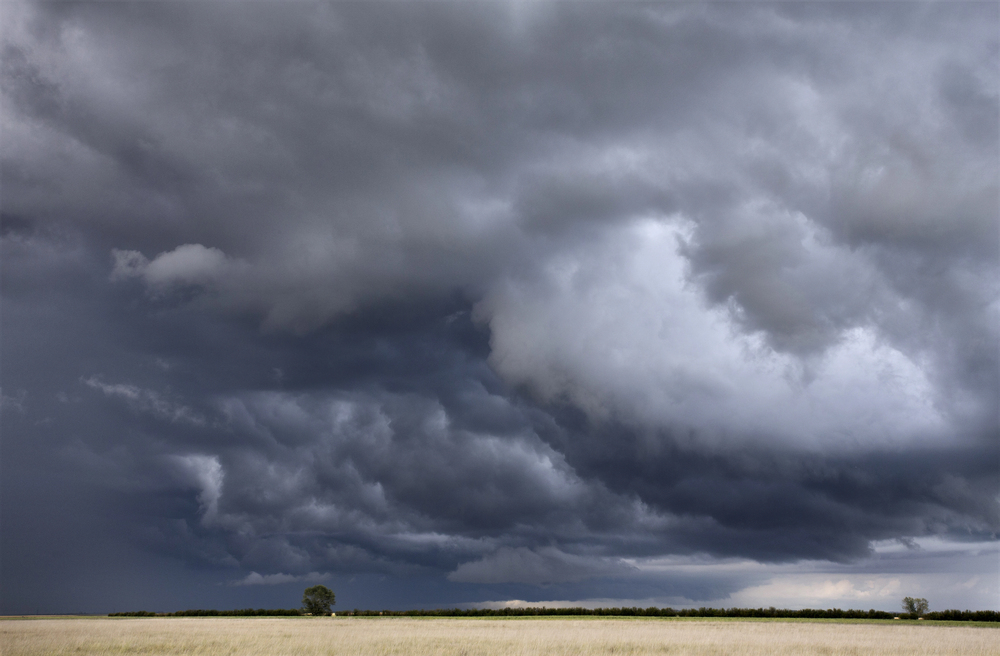Debunk Customers’ Most Common Flood Myths to Avoid E&O Claims

By: James Redeker
Hurricane season is quickly approaching, which brings about thoughts of high winds, storm surges and flooding. However, flooding is not confined to hurricanes. Flooding often happens in the Midwest with melting snow and spring rains. And, of course, there was the historic flooding seen in California earlier this year. In fact, everyone is at risk of suffering a flood loss. Everyone.
The general public shares a number of misconceptions about flood coverage, which affect your ability to sell a flood policy. Here are six of the most common:
1) My property is not in a flood zone, so I don’t need—or can’t purchase—flood insurance. Some people misinterpret their mortgage company’s decision not to require flood coverage to mean that their property is not in a flood zone. The truth is that virtually all property is in a flood zone. The only difference is that someone who is in a low-risk flood zone will be able to purchase flood coverage at a cheaper rate than someone in a medium- or high-risk flood zone, which makes the decision to purchase flood coverage even more appealing.
2) My property is not on a body of water, so I don’t qualify for flood insurance. Flood insurance is available to anyone living in one of the 23,000 participating NFIP (National Flood Insurance Program) communities.
3) My property policy covers flood risk. Neither homeowner nor business peril policies cover flooding. While you may purchase sewer backup coverage, that is not the same thing as flood coverage.
4) I can’t buy flood coverage because my property flooded in the past. Previously flooded properties can be covered under the NFIP program.
5) If my property floods, federal disaster assistance will pay for my damage. Federal disaster assistance is only available if your property is located in a federal disaster area. Less than half of flooding events qualify as federal disasters. Furthermore, federal disaster assistance does not make homeowners whole; it is designed as a stop-gap while they find permanent housing. Property owners will still have to pay to make repairs to their property.
6) Flood coverage does not cover basements. Flood coverage does not apply to basement improvements or most contents contained in the basement. However, it does cover structural elements of the home and essential equipment, such as pumps, tanks, electric panels, furnace, air conditioner, water heater, heat pump, unpainted drywall on walls and ceilings, insulation, staircase, and foundation elements. Further, flood contents coverage would cover a washer and dryer, freezers, and the food in them.
There are some basic tips to prevent or defend against a flood-based errors & omissions claim. One common aspect of claims is when customers are surprised that their flood coverage is only actual cash value (ACV) when their homeowners policy is replacement cost value (RCV). Therefore, it is important to explain whether the flood coverage will be ACV or RCV, so the customer’s expectations are managed prior to a loss.
Another issue is policy limits. Currently, the highest policy limits available to homeowners under the NFIP are $250,000 on the building and $100,000 on the contents. For residential structures of five or more units, the maximum limit is $500,000 on the building and $100,000 on the contents. For a business, the maximum is $500,000 on the building and $500,000 on the contents. If you have a customer who purchases the maximum NFIP limits, you should also offer excess flood coverage. There are private insurers who offer excess flood coverage, which sits over the NFIP limits.
As always, all coverage offers should be made in writing and that offer must be signed off by the customer. Remember, selling your customers more coverage protects them from uncovered losses and protects you from an E&O claim.
Jim Redeker is vice president and claims manager at Swiss Re Corporate Solutions and works out of the office in Kansas City, Missouri. Insurance products underwritten by Swiss Re Corporate Solutions America Insurance Corporation, Kansas City, Missouri, a member of Swiss Re Corporate Solutions.
This article is intended to be used for general informational purposes only and is not to be relied upon or used for any particular purpose. Swiss Re shall not be held responsible in any way for, and specifically disclaims any liability arising out of or in any way connected to, reliance on or use of any of the information contained or referenced in this article. The information contained or referenced in this article is not intended to constitute and should not be considered legal, accounting or professional advice, nor shall it serve as a substitute for the recipient obtaining such advice. The views expressed in this article do not necessarily represent the views of the Swiss Re Group (“Swiss Re”) and/or its subsidiaries and/or management and/or shareholders.










